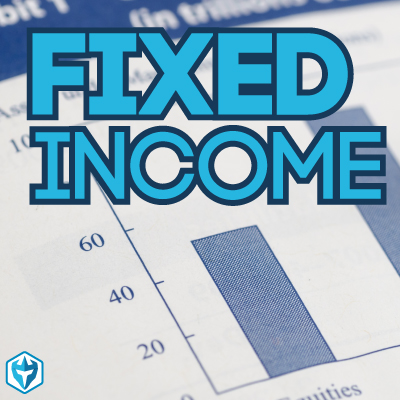It’s difficult to plan for retirement but considerably more difficult when the stock market is unpredictable. If you’re planning to retire soon, your funds may have taken a knock in recent months. On the other hand, market instability isn’t as frightening as it may appear. While it might be tough to retire during moments of high volatility, one key chart can help you relax and plan for the future. In 2022, the average monthly Social Security payout for retirees will be $1,657. However, the strange thing about averages is that they may mask most of the extreme data. Many folks are getting much, much less than that, while a few lucky ducks are getting much more. Many personal considerations, such as how long you worked, how much you earned, and when you retired, contribute to establishing your monthly payout. So, while that amount is an excellent place to start when building a budget, it’s not one you should set in stone. Although the average monthly check is $1,657, roughly 20% of the program’s members will get less than $1,000 per month, with a large group earning just under $1,000 per month. Half of the participants will receive less than $1,600. Moreover, contrary to a common assumption, the SSA does not benefit higher earners as much as some might think. Only 4% of Social Security recipients get more than $3,000 through monthly payouts. Even though this amounts to roughly the national median annual earnings for a full-time worker, the remaining 45% of those earning more than the national average of $1,657 per month are still cashing checks for less than $3,000, according to data from the Social Security Administration. Assuming you make average wages, there’s a 50% chance your monthly Social Security retirement benefit check will be as little as $1,000 (in today’s currency) and as much as $2,000 each month. There’s only a 30% chance it’ll be more than that because reaching that payment tier requires steady revenue of roughly $6,000 per month or more (in today’s money). You may earn more if you prepare in advance The good news is that earning a little paycheck while doing so will allow you to achieve this “extra.” The trick is to start saving today, no matter how modest the sum may appear. Over 30 years, a $100 monthly investment in an S&P 500 index fund earning an average of 8% per year may increase to roughly $135,000 in value. Later in life, investing that kind of money in strong, dividend-paying equities might boost your monthly Social Security payment by several hundred dollars, making the difference between a tough and comfortable retirement.
Contact Information:
Email: [email protected]
Phone: 8139269909
Bio:
For over 30-years Joe Carreno of The Retirement Advantage has been a Federal Employee Retirement System specialist (FERS) as well as a Florida Retirement System specialist (FRS) independent advocate. An affiliate of PSRE (Public Sector Retirement Educators), a Federal Contractor & Registered Vendor to the Federal Government, also an affiliate of TSP Withdrawal Consultants. We will help you understand your FERS & FRS Benefits, TSP & Florida D.R.O.P. withdrawal options in detail while recognizing & maximizing all concurrent alternatives available.Our primary goal is to guide you into retirement with no regrets; safe, predictable, stable, for life. We look forward to visiting with you.
Disclosure:
Not affiliated with the U.S. Federal Government, the State of Florida, or any government agency. The firm is not engaged in the practice of law or accounting. Always consult an attorney or tax professional regarding your specific legal or tax situation. Although we make great efforts to ensure the accuracy of the information contained herein we cannot guarantee all information is correct. Any comments regarding guarantees, safe and secure investments & guaranteed income streams or similar refer only to fixed insurance and annuity products. Fixed insurance and annuity product guarantees are subject to the claimsâ€paying ability of the issuing company. Annuities are long-term products of the insurance industry designed for retirement income. They contain some limitations, including possible withdrawal charges and a market value adjustment that could affect contract values. Annuities are not FDIC insured.













